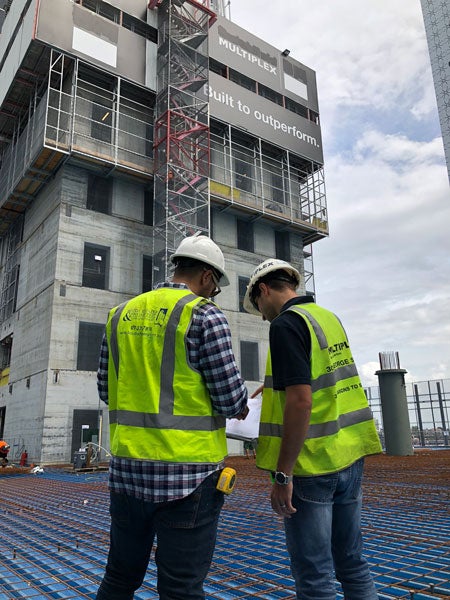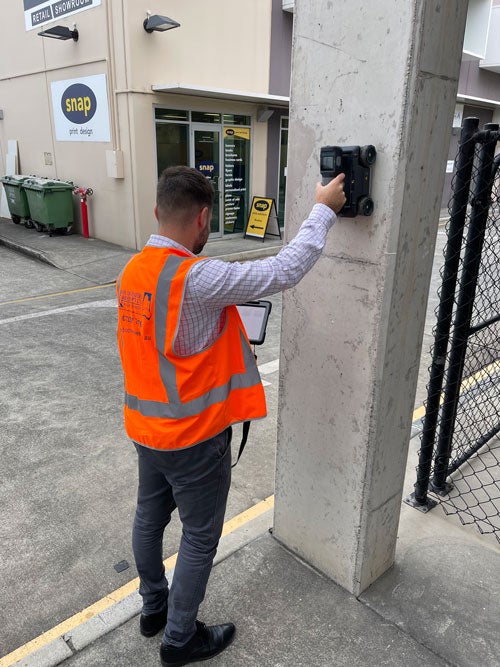Building Safety and Habitability FAQ (Frequently Asked Questions)

Q1: Can an engineer simply declare a building “safe” or “habitable” after a brief inspection?
A: No, it is not possible for an engineer to make such a declaration based on a simple visual inspection. Buildings are complex systems with numerous concealed elements. A thorough assessment of safety and habitability requires extensive investigations, invasive inspections, and potentially input from multiple disciplines. This process can take weeks, months, or even years to complete.
Q2: What factors make it difficult to determine the “safety” or “habitability” of a building?
A: Buildings include a vast number of components, from structural elements like foundations and framing to concealed electrical wiring and plumbing. Assessing the condition of each part and its interaction with others is a complex process. Potential issues like loose connections, timber rot, or defective wiring can be hidden from view.
Q3: What is the best framework for assessing building safety and habitability?
A: A comprehensive Risk Analysis framework, such as a Safety Audit, is the most effective approach. This involves a multi-disciplinary team of experts who conduct thorough investigations, tests, and assessments over an extended period.
Q4: What is involved in a Building Safety Audit?
A: A Building Safety Audit is a detailed and comprehensive assessment of a building’s safety and habitability. It involves a team of specialists from various disciplines who conduct extensive inspections, tests, and analysis to find potential hazards and risks. In some cases it may even include material testing such as concrete GPR scanning. The outcome is a report detailing the findings, risk assessments, and recommendations for remediation or further investigation.

Q5: Why are statements like “this structure is safe” misleading without supporting data?
A: Buildings are complex, and a simple statement about safety or habitability without detailed supporting data is overly simplistic and potentially dangerous. It ignores the possibility of hidden defects and the multitude of factors that contribute to a building’s overall condition.
Q6: What should I do if I have concerns about the safety or habitability of a building?
A: If you have genuine concerns, it is essential to contact a qualified building professional or engineer. They can conduct a preliminary assessment and advise on the proper course of action, which may involve a more detailed Safety Audit.
Q7: Are “habitability” assessments standardised?
A: The term “habitable” itself is subjective and can vary depending on local regulations and standards. It’s important to clarify the specific criteria and standards being used in any assessment – these criteria and standards are heavily influenced by the reason why you are seeking the assessment.
Q8: What should I expect from a building safety or habitability assessment?
A: Expect a comprehensive report detailing the findings of the assessment, including any identified defects, risks, and recommendations for remediation. The report should be based on thorough investigations and evidence, not just visual observations.
Talk to an Engineer Today
For more information, or to get a quote , please contact our team.
RECENT POSTS
-
CASE STUDY – PROJECT ASSISTANCE FOR RECTIFICATIONS TO AN EXISTING SUSPENDED CONCRETE WALKWAY AND ADDRESSING SUBSIDENCE TO THE ADJOINING BUILDING – PADDINGTON, BRISBANE:
-
Exploring the Tools Behind Booth Engineers & Associates' Forensic Inspections
-
Building Safety and Habitability FAQ (Frequently Asked Questions)
